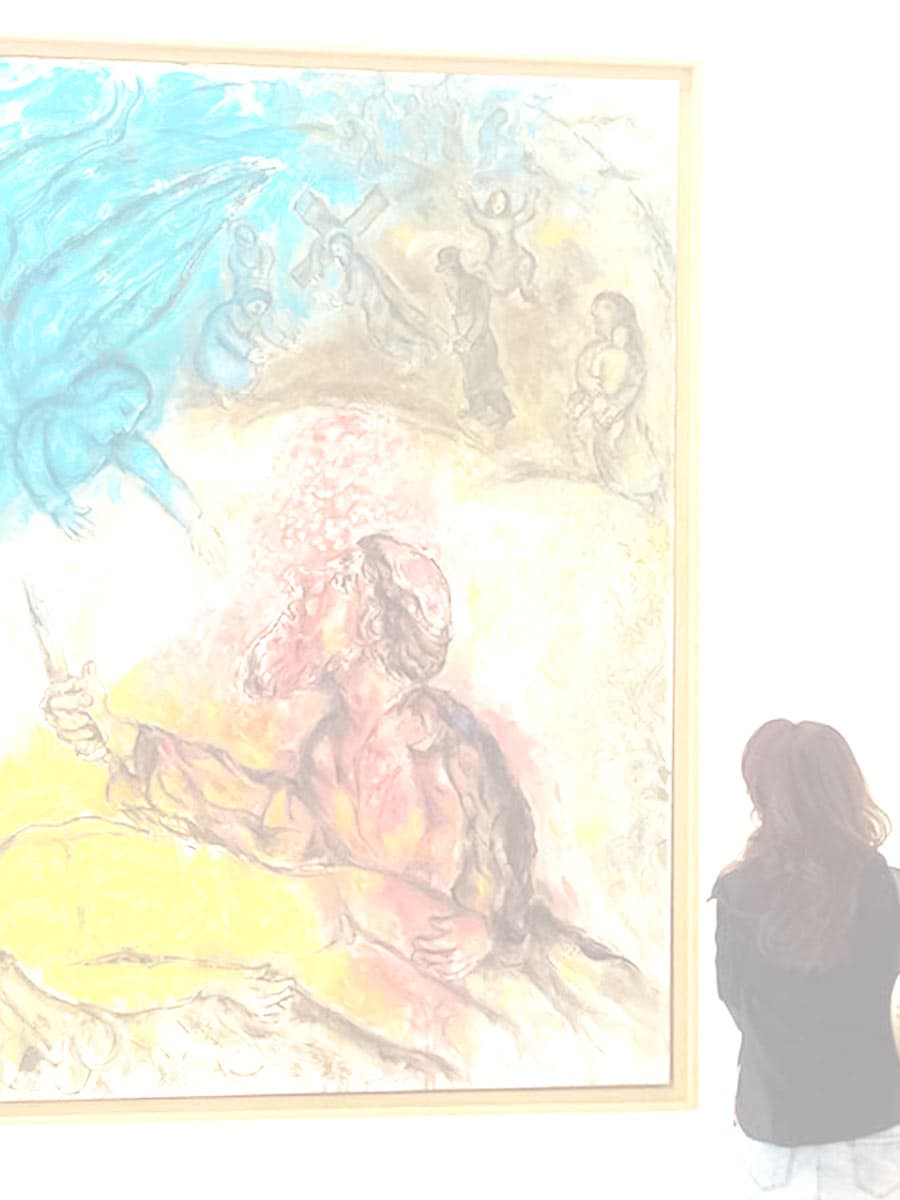Rosh Hashanah
Rosh Hashanah is a time to reflect and to look forward. Here is a guide to help you do that in meaningful ways.


Quick Facts
Hebrew Meaning of Name: “Head of the Year”
English Name: Feast of Trumpets
Jewish Calendar Date: Tishrei 1–2
Duration: Two days outside Israel, one day in Israel
Establishment: Leviticus 23:23–25; Numbers 29:1
2025 Dates
Evening of
Monday, September 22
through
Wednesday, September 24
A Sweet New Year
While it’s been a challenging year for many of us, we don’t lose hope. Now more than ever, we need the reminder that God invites us to come to Him.
As you look ahead to a sweet new year, learn about the history and origins of the holiday, and how it became known as Jewish New Year in the first place!

Traditions
We blow the shofar and eat apples and honey, but why? Here’s a quick breakdown of Rosh Hashanah traditions, what they are, and why we do them!

Recipes
From our bubbes’ kitchens to yours, here are our favorite recipes:

The Akedah:
What Could It Mean?
Rosh Hashanah synagogue readings include the story of Abraham binding his son Isaac on an altar in order to sacrifice him.
Learn about the traditional interpretations and why many Messianic Jews see Jesus—son of Abraham and lamb of God—in this story.










